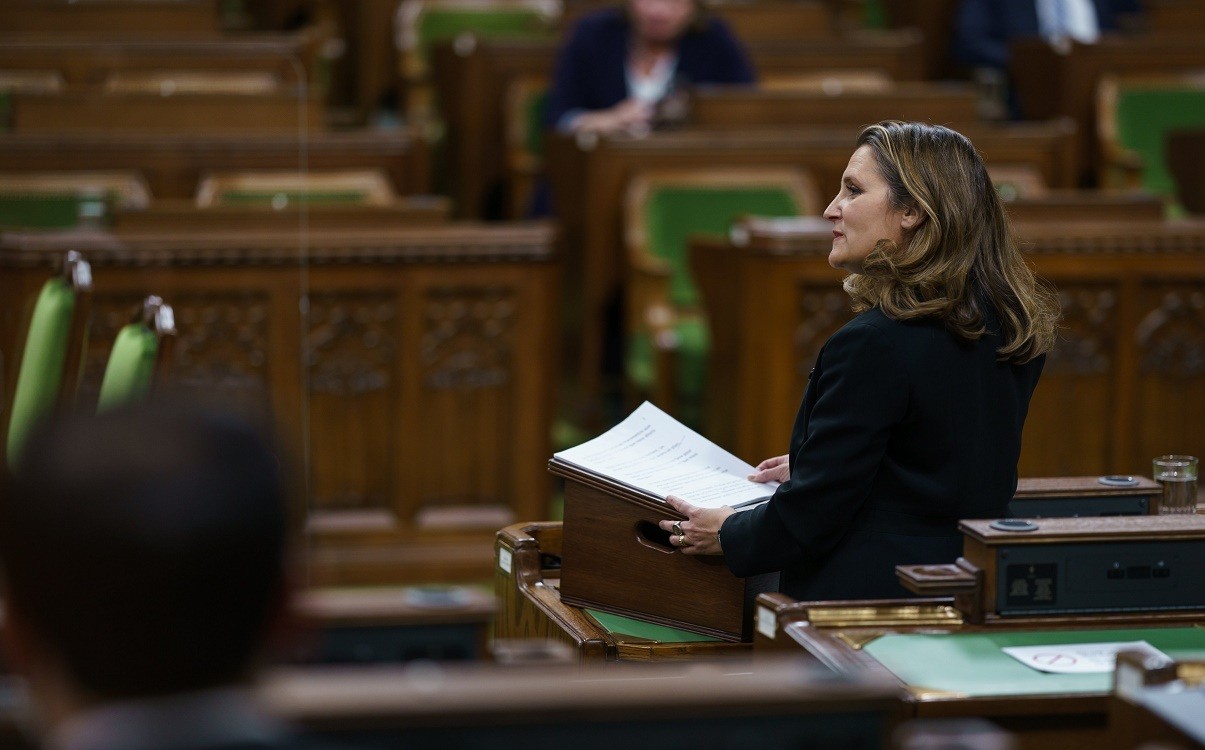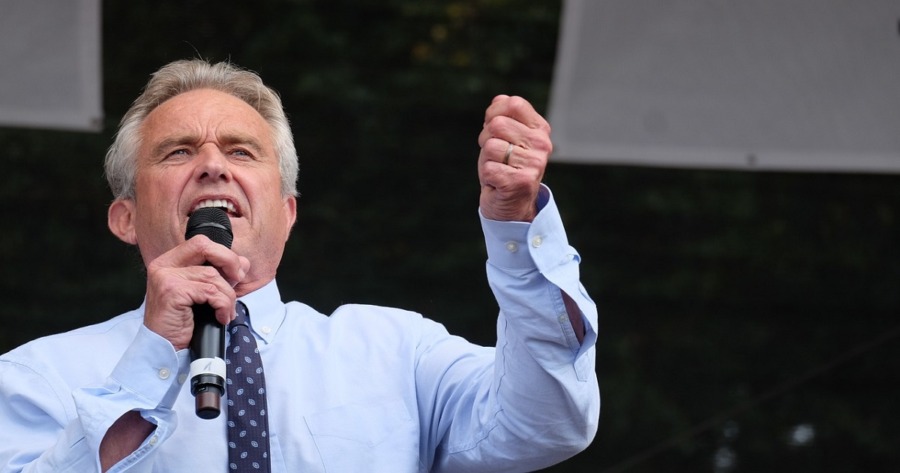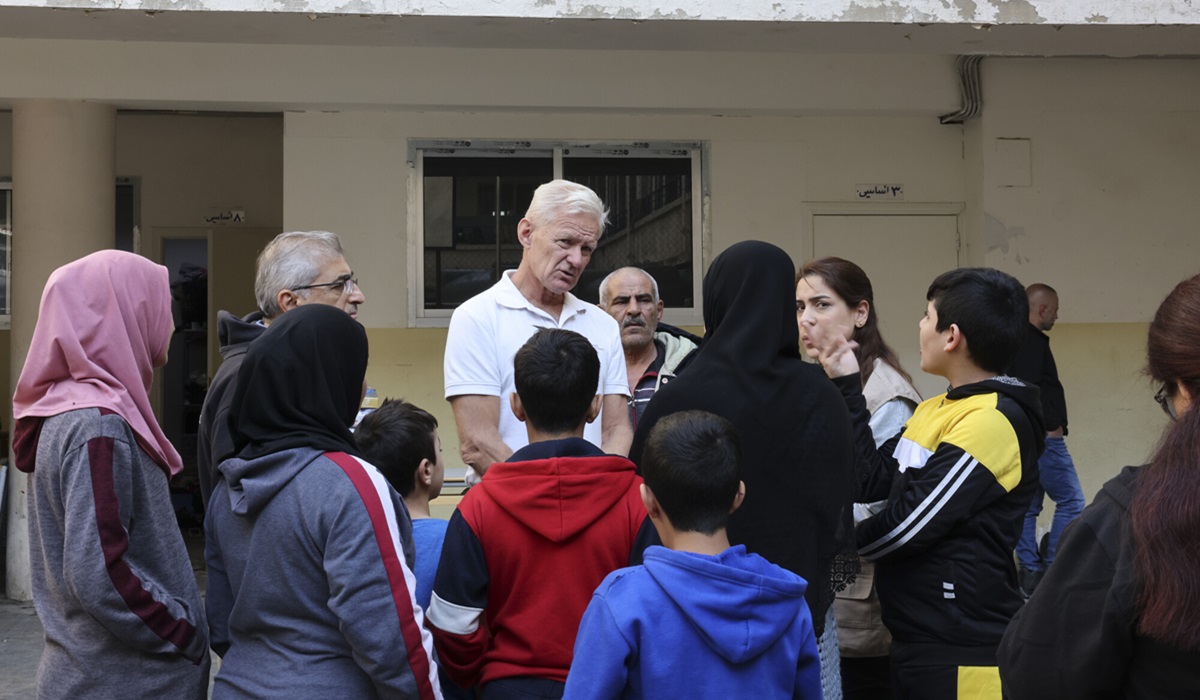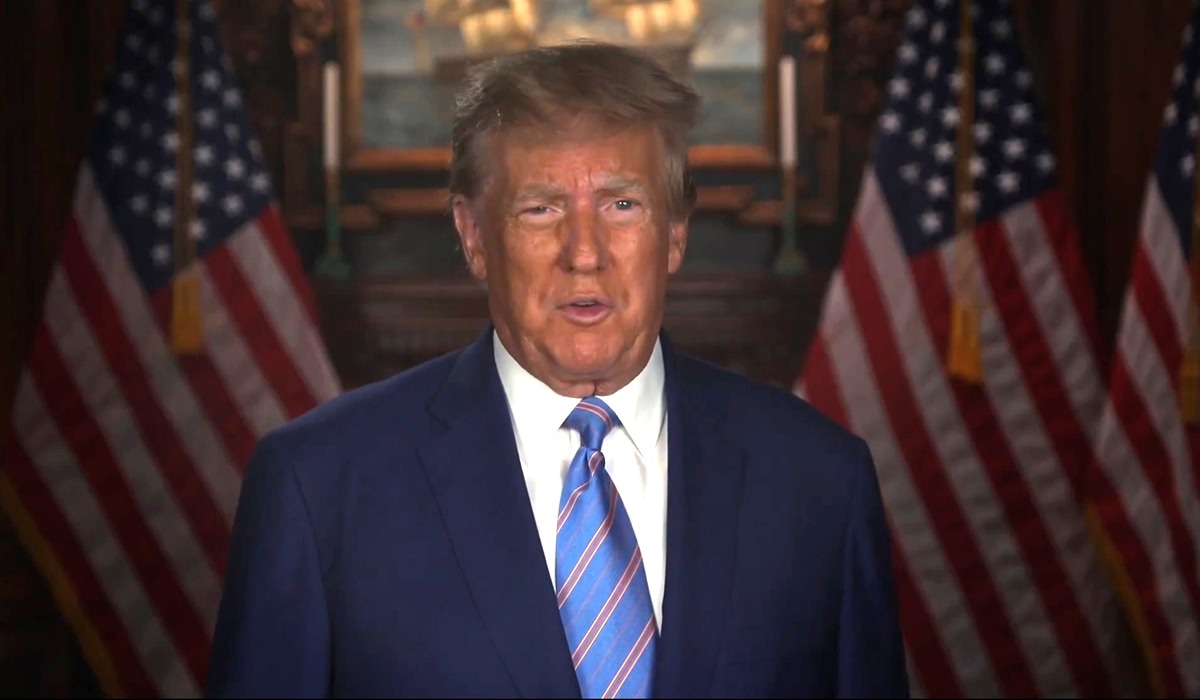$100 Billion set aside to jump start the economy post pandemic
The global pandemic has pegged the federal government’s debt at an estimated $381 billion for the fiscal year with an additional $100 billion set aside for post-pandemic recovery.
On Monday morning, Finance Minister and Deputy Prime Minister Chrystia Freeland tabled the Economic Statement in the House of Commons, which highlights how the government plans to deliver on several of its election commitments to Canadians.
One of the major promises has been reconciling with the Indigenous community. There is a significant gap in infrastructure in Indigenous communities when compared with non-Indigenous communities in Canada. This can affect the overall quality of life, widen socio-economic gaps and reduce Indigenous peoples’ participation in the economy. To keep building strong communities together, the government proposes to invest:
$1.5 billion, starting in 2020-21, and $114.1 million per year ongoing thereafter to accelerate work to lift all long-term drinking water advisories and stabilize funding for water and wastewater infrastructure, including operation and maintenance costs, in First Nations communities.
$25.9 million, in 2020-21 to accelerate the government’s 10 year commitment to close the infrastructure gap in Indigenous communities by supporting the co-development of infrastructure plans with Indigenous partners, which will help pave the way to address critical needs in First Nations, Inuit and Métis Nation communities.
$15 million, Expanding existing supports to attract skilled newcomers to Canada’s in-demand sectors. Up to 15,000 skilled newcomers would benefit.
$65 million, Support persons with disabilities by creating inclusive workplaces, supporting career advancement and increasing support for existing activities.
$50M over two years, Establish a new pilot program to support marginalized women by providing and testing pre-employment and skill development supports.
$575.3M over two years, Helping Canadians aged 15-30 by supporting approximately 43,500 job placements over two years, of which approximately 17,500 are new job placements.
$447.5M, Supporting 120,000 job placements for young Canadians ages 15-30 in 2021-22, and extend program flexibilities introduced in 2020-21 for one additional year.
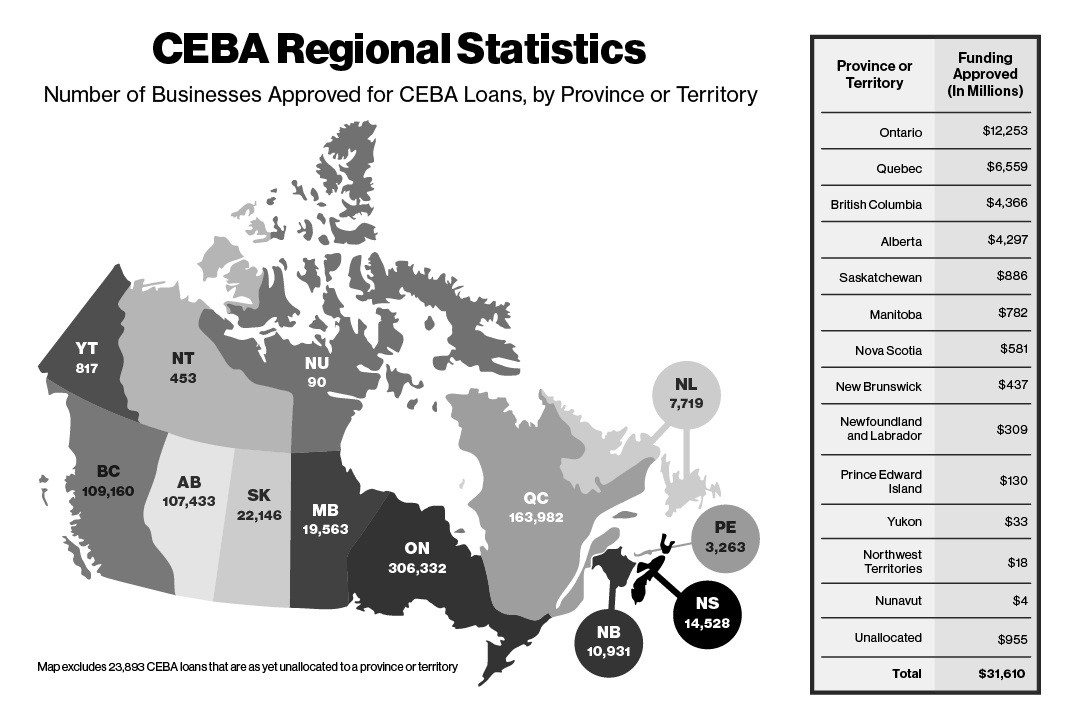
The government also plans to make further investments into Early Child Hood Education training, and put in place a national child care program.
The government’s $100 billion plan over the next three fiscal years to help Canada build back better, can be accomplished by investing roughly between 3 to 4 per cent of the country’s GDP. This stimulus will help accelerate the economic recovery and will be deployed at a time when the virus is under control and the economy can effectively absorb it.
“We are all tired. But we also know vaccines, and a better day, are coming. To get to that day, we must first help each other get through the winter.”
“We are naming some pretty specific data-driven triggers,” Finance Minister Chrystia Freeland tells reporters at news conference in Ottawa when asked re “fiscal guardrails” for federal growth plan. Employment, unemployment, hours worked will be key data points.” Said Freeland
The liquidity and credit support measures implemented by the government and its partner institutions have also been critical in mitigating the negative impact of the pandemic by facilitating the supply of credit. These measures have supported the stability of the financial sector and limited the possibility of the economic crisis translating into a financial crisis.
The impact of the Government’s direct support measures has been estimated using the Department of Finance’s macroeconomic and fiscal model of the Canadian economy.

The estimates are contingent on many assumptions that underpin the forecasts including the spread of the virus, containment measures, how quickly safe and effective vaccines and therapies become widely available, the evolution of domestic and international economies, and the impact on GDP and employment of an additional dollar of direct spending.
Unique to the COVID-19 crisis, the short-term boost in economic activity caused by government direct spending will be mitigated by the effect of social distancing, i.e. some households being more likely to postpone spending of their income support.
The timing and likelihood of those effects are hard to estimate with precision but some of the spending that is curtailed in the near term is expected to resume as restrictions ease.

